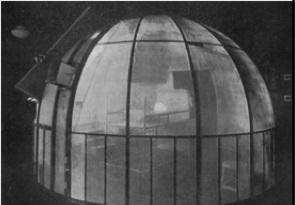 More gearhead-y goodness from Ann Hulbert's Raising America, this time from the 1930's and early 40's, when Dr. Arnold Gesell was at his zenith, dispensing systematic, scientifical-sounding childcare advice from his Clinic of Child Development at Yale.
More gearhead-y goodness from Ann Hulbert's Raising America, this time from the 1930's and early 40's, when Dr. Arnold Gesell was at his zenith, dispensing systematic, scientifical-sounding childcare advice from his Clinic of Child Development at Yale.
Gesell's greatest contribution to pediatric science is probably his exhaustive documentation of the "normal" development path of infants. He--actually, his army of female assistants, mostly--filmed babies incessantly, breaking down and identifying dozens of different developmental milestones [to use a more contemporary term]. He proselytized his developmental message through films as well as books, and he encouraged hospitals, schools, and other institutions to arrange screenings for parents all over the country.
It got pretty ridiculous, though; there were supposedly like 53 different ways to manipulate a block, for example, and a parent's job [read a mother's job], according to Gesell's system, consisted largely of filling out detailed charts of her kid's daily accomplishments and activities.
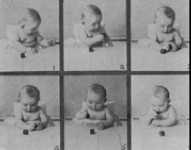 What's the takeaway, you ask? There are two: the first is the Gesell Dome, an awesome-looking translucent igloo tricked out with cameras and one-way mirrors. A lab assistant would set up a naked baby inside--more scientifical that way, I guess--and coax him through a variety of games and exercises while other researchers took notes outside. Unfortunately, the only picture I can find of a/the Gesell Dome is this tiny one from some Brazilian Powerpoint presentation.
What's the takeaway, you ask? There are two: the first is the Gesell Dome, an awesome-looking translucent igloo tricked out with cameras and one-way mirrors. A lab assistant would set up a naked baby inside--more scientifical that way, I guess--and coax him through a variety of games and exercises while other researchers took notes outside. Unfortunately, the only picture I can find of a/the Gesell Dome is this tiny one from some Brazilian Powerpoint presentation.
The other contribution is Gesell's 1934 two-volume masterpiece, The Atlas of Infant Behavior. It contained 3,200 photos of his infant subjects in a "vast array of postural attitudes." Not just an academic reference book, Gesell imagined his Atlas to be [in Hulbert's words] "the ultimate coffee table book."
"It might be put to uses for which it was not planned," Gesell said, on account of the "charm from the standpoint of sculpture and the graphic arts." Hulbert says Gesell is best known for the Atlas, but I could barely find any mention of it online. The two clean copies on Abebooks are priced at a need-to-see-it-first-thanks $750-815.
Frankly, I think the reason I like Gesell's mirrored domes and typological photo grids is because they sound oddly similar to the work of an Icelandic artist/friend/dad, Olafur Eliasson, who's probably best known for building a giant sun-shaped light sculpture in the Turbine Hall of the Tate Modern in London a couple of years ago. But when he's not replicating suns, Olafur can often be found making photo grids of such hard-to-categorize natural phenomena as broken boulders and melting river ice, or constructing room-size geodesic dome sculptures at the Venice Biennial. Totally off on a tangent here, but whatryagonnado?
Olafur Eliasson images via Tanya Bonakdar Gallery [nos 16, 15, and 45 at tanyabonakdargallery.com]


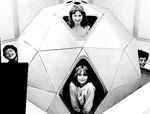
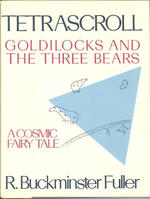
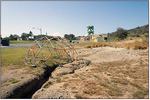
screw the bugaboo...we're buying that book
Gesell Dome: Two Babies Enter, One Baby Leaves
WHO RUN CLINIC OF CHILD DEVELOPMENT!!?
[LOLOLOLOL -ed.]
awwwwwwwwwwwwwww!